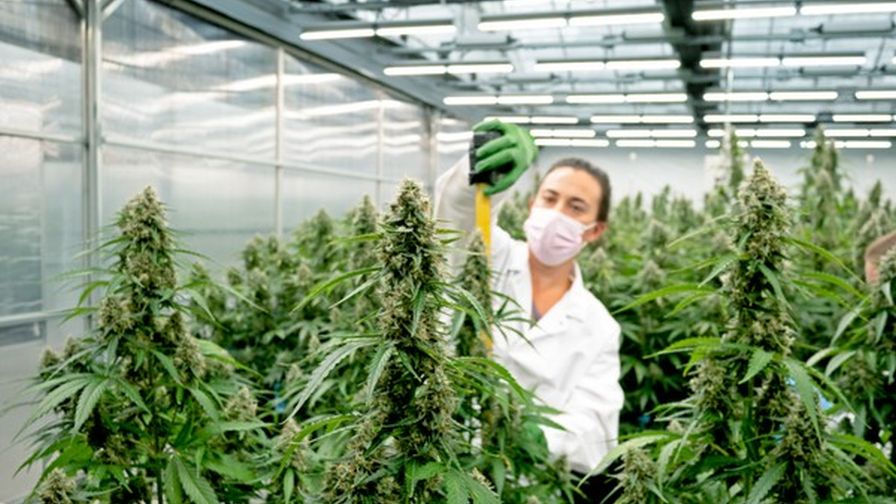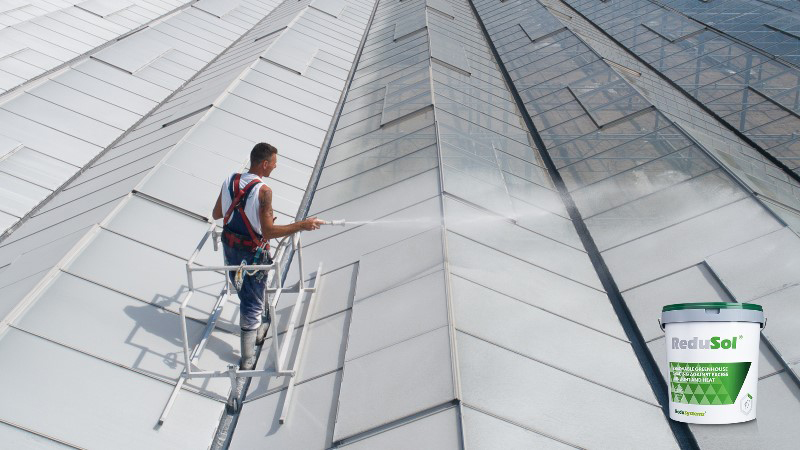From Seed to Bud and Back Again: The Evolution of Cannabis Seed Desire
 The history of cannabis and hemp use can be traced back as far as 12,000 years with the earliest archaeological record of the use of fiber from cannabis originating in Asia. During that time, hemp was used to make fishing nets, rope, clothing, and paper, while cannabis seeds and oil were used as food and drink.
The history of cannabis and hemp use can be traced back as far as 12,000 years with the earliest archaeological record of the use of fiber from cannabis originating in Asia. During that time, hemp was used to make fishing nets, rope, clothing, and paper, while cannabis seeds and oil were used as food and drink.
Scientists have unearthed records from numerous ancient civilizations documenting the ritualistic, medicinal, and recreational use of cannabis. These findings suggest that the cannabis plant is among one of humanity’s oldest cultivated crops.
Ancestral farmers grew cannabis and hemp from seed for nearly 6,000 years. While burned cannabis seeds have also been found in kurgan burial mounds in Siberia dating back to 3,000 B.C., and some tombs of noble people buried in the Xinjiang region of China and Siberia around 2500 B.C. have included large quantities of petrified cannabis.
In ancient India, the medicinal properties of cannabis have been explored for millennia, as the plant was utilized to treat a variety of ailments and was often part of rituals too. In fact, mentions of cannabis can be found in sacred Hindu texts, “The Vedas and the Atharvaveda” (Science of Charms), where it is referred to as one of the five sacred plants of India.
Over time, cannabis migrated to various regions of the world, traveling through Africa, reaching South America, then eventually arriving north in the U.S. near the end of the 19th century.
Restoring the Roots of Cannabis Production
As the American colonies were being established, hemp became an important agricultural product due to its ease of cultivation and many potential uses. In fact, during the colonial era, the Virginia, Massachusetts, and Connecticut colonies actually required farmers to grow hemp. In the late 1800s, cannabis became a popular ingredient in many medicinal products, readily available to aid in relieving chronic illnesses and common ailments. During this time, these products were sold openly in pharmacies and general stores.
However, as time went on, something changed. Prohibition hysteria along with prejudice — and consequently fear — of immigrants and people of color who had become associated with recreational cannabis usage, fueled anti-cannabis sentiments. Anti-drug campaigns dubbed cannabis the “Marijuana Menace” and “Reefer Madness” which set the tone for what would become a century-long, politically motivated war on drugs. By 1931, 29 states had outlawed the cultivation and use of the plant.
In 1937, Congress passed the Marijuana Tax Act, effectively federally criminalizing marijuana, at a time when large-scale, domestic cannabis cultivation was rare. By the late 1980s, state and federal enforcement campaigns ramped up, making growing cannabis outdoors extremely risky. Accordingly, growers moved underground and indoors to cultivation labs, growing cannabis in basements, aquariums, apartments, and greenhouses.
By the time limited medicinal cannabis use in certain states was permitted again, indoor growing methods and clonal propagation techniques were established as the norm for cannabis cultivators.
The Pheno-Hunt
Growers who wished to create new varieties were forced to cultivate several phenotypes from various seed genetics and then select those that perform the best in an effort to create their own genetics inventory.
“What happened over time was the market started wanting very specific things, and clonal selection and trading of the clone became how those things were shared because seeds weren’t stable enough to give you the reproductive consistency that a production model would need. We started to go from using seed as our production source to seed as our selection source. So we would select from seed piles, find outliers in that, and then use them, but not necessarily use them in that form,” says Kevin Jodrey, cannabis industry veteran and founder of Wonderland Nursery. Jodrey’s career began in 1978 and his experience spans all aspects of the cannabis industry from farmer and cultivator to founder of Cookies R&D facility and currently focusing on genetic selection techniques.
However, pheno-hunting for preferable mother stock has led to a significant decline in the natural evolution of cannabis seed genetics, thus resulting in unstable seed genetics that lacks uniformity and varies in performance. Pheno-hunting often takes months, or even years, in order to breed excellent, stable seedlines making this process potentially costly in regard to both time and money.
Growers typically chose to use clonal varieties in their cannabis and hemp operations. However, genetic purity and access to feminized seeds is a major concern for growers dedicated to the production of smokable flower and concentrate. These two market segments represent approximately 70% of the cannabis market.
“The ability for an individual to now go pick up seed and then hold the seed in a container at their facility without having to worry about a mother space or any kind of clonal issues, along with with the technology that’s been developed in the seed, means you’re now able to have accelerated growth rates. You’re able to put the seed in, use it as a seed, and have a short vegetative period,” states Jodrey.
A Sea of Change
If you’ve spent any time as a commercial cannabis or hemp grower, you have likely seen or experienced, the shifts in trends that the market is currently experiencing.
As legalization expands, growers may be apprehensive to change, particularly when it comes to their existing operations in order to meet consumer demand. As the old adage goes, “if it ain’t broke, don’t fix it”. However, after taking time to understand the rationale behind market trends, many growers are quickly realizing that making strategic changes can actually benefit their yield, profitability, and sustainability.
Previously shunned by some cultivators, seed-grown cannabis was once considered to be a sub-par method of cultivating cannabis and hemp at commercial scale. For growers who may be skeptical, cannabis seeds aren’t what they used to be. With modern plant breeding and data science, many of those preconceived notions and myths about seed-grown cannabis are being dispelled.
“I think that it’s an incredible time to be a cannabis cultivator, in all aspects, because what you’re seeing is the beginning of science really merging with cannabis in order to really create an ability for the cultivator to have reliability. We haven’t had this yet. We’ve had science come in to map, to look at, and to refine, but we haven’t had the ability to really use it introspectively to really dig through gene pools and create lines like other industries have,” explains Jodrey.
Companies like Phylos offer production-ready seeds, the latest tool available to growers as we enter the next era of cannabis cultivation. Developed with modern breeding practices, such as genomics, data analytics, and marker-assisted selection, these seeds are capable of delivering the genetic uniformity, performance, and vigor that growers are accustomed to from clonal varieties.
Using Science and Technology as a Tool to Optimize Seed
The positive financial and environmental impacts that come along with utilizing production-ready seed systems are multifold.
Cannabis plants grown from stable seed strains provide a greater variety of plants to choose from and grow into stronger, sturdier plants than ones grown from clones. Healthy, robust plants equate to a higher yield of flower. This is contributed to several factors including vast reduction in disease, pest infestation, and genetic mutations due to clones staying in prolonged vegetative states; as well as a stronger root system that is able to reach rich nutrients deep in the soil.
Growers who opt for production-ready seed systems can reduce the costly overhead and labor associated with building out and maintaining mother rooms — which can account for up to 25% of a facility’s footprint. This translates to significant cost savings, reduced associated expenses, and improved margins before the first seed has even germinated.
Additionally, crops started from seed begin free of pests and pathogens which translates to a lower likelihood of early-stage crop loss. While some diseases target both clones and seed-grown cannabis, common pathogens in the cannabis space like Powdery Mildew typically begin in mother plants or Hop Latent Viroid (HLVd), which spreads primarily through fomite transmission, like contaminated tools. This is particularly important, as the limited number of crop-protection products that effectively manage diseases stands as an additional pain point for growers.
The Future of Cannabis Is Seed
The current considerations for transitioning back to seed-grown cannabis production seems natural. As they say, “everything in life comes full circle” and cannabis cultivation tools and techniques are no exception.
“I’ve been in this my entire life. So to be able to see it come full circle from where we began with seed, and now we are going back to using seed as a desire. It’s just really an awesome experience to be able to see the world make that circle,” explains Jodrey.
Though most cannabis is still cultivated indoors, the legal cannabis industry is gradually moving toward a model that includes more greenhouses and open-air grows. By employing a data-backed approach when it comes to identifying and understanding the cannabis market and cultivation trends, commercial growers are rapidly changing the perspective of how they operate.
With the return of seed-grown cannabis cultivation, growers can expect positive revenue and environmental impacts. The reduction of energy requirements, input usage, and labor will better ensure the longevity and sustainability of a grower’s cannabis operation for generations to come.









